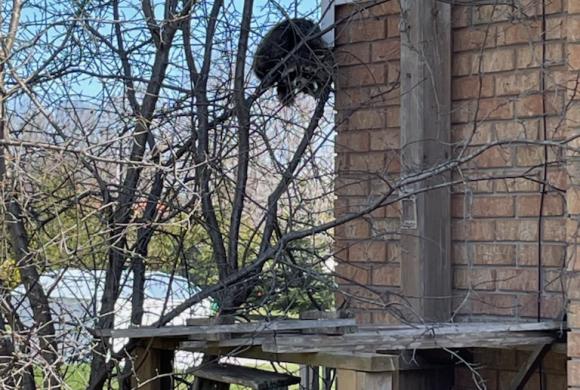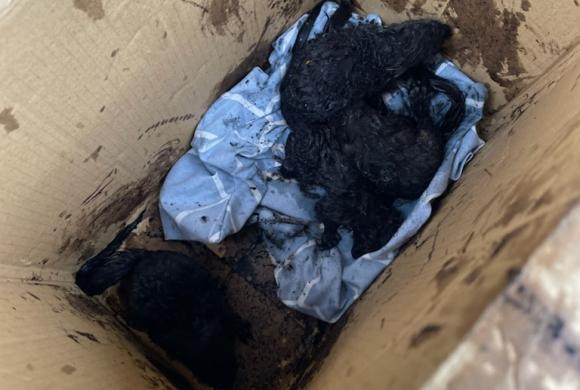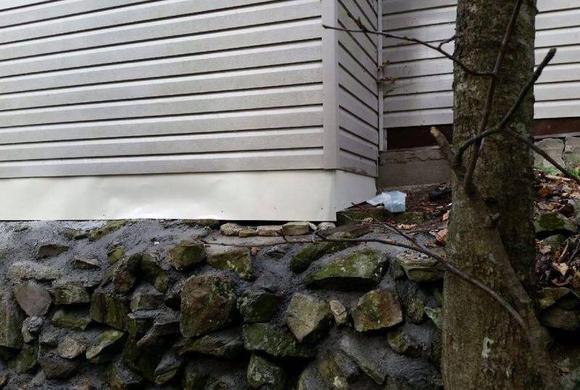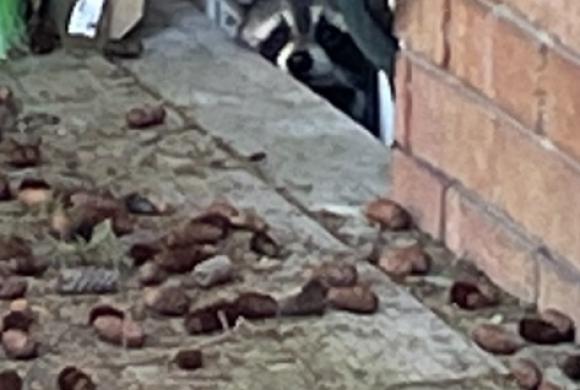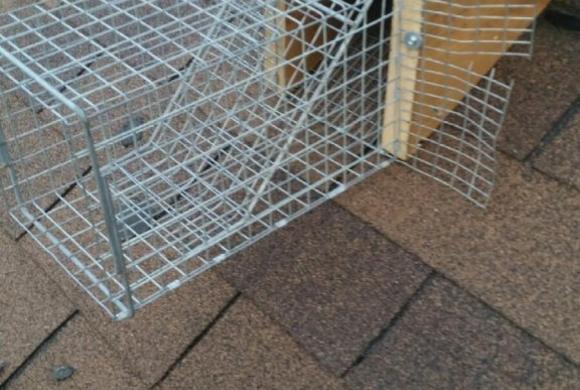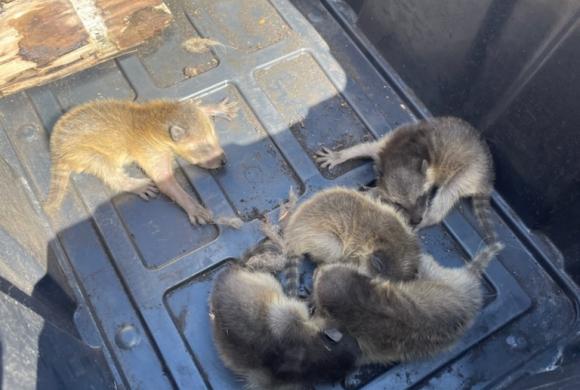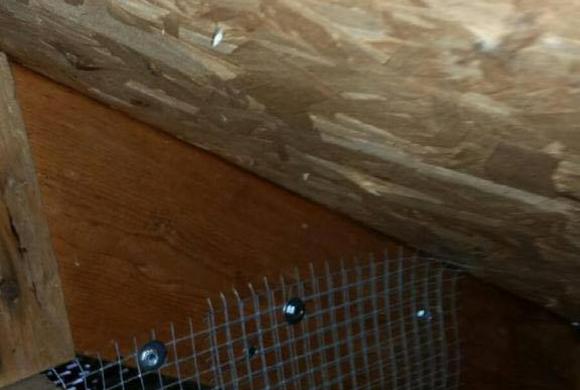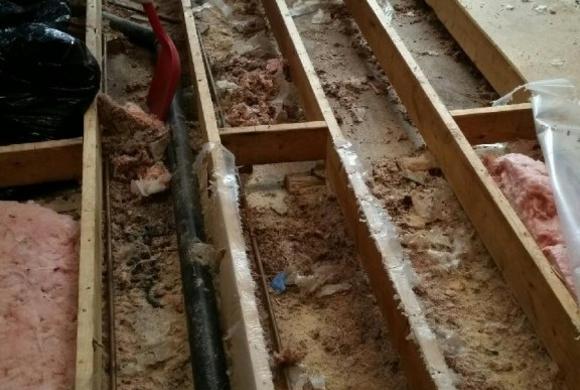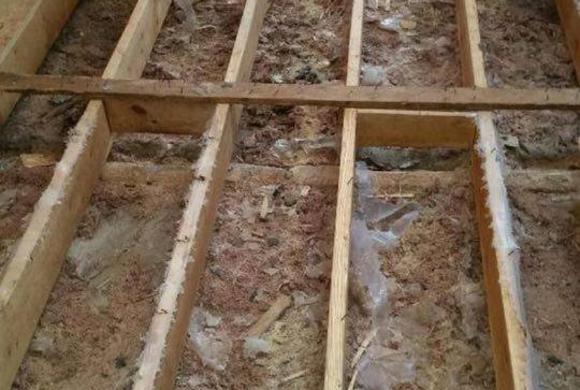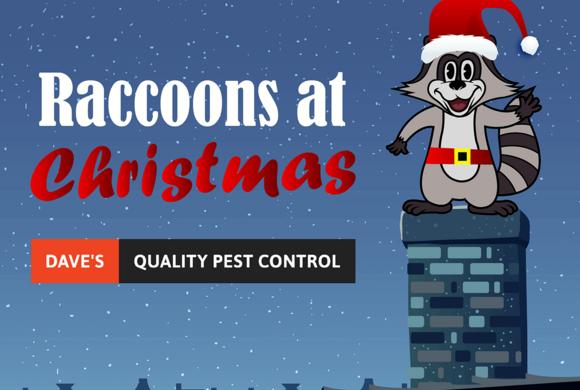Humane Pest Control and Removal in Central Ontario
If you have already locked down your garbage and compost and still find raccoons entering your property you know you have a problem.
As they make their way into your property, often seeking out warmth, sometimes attracted by birds, pet feed or food leftovers they find their way onto roofs and damage shingles, ventilators and insulation.
At Dave's Quality Pest Control, we eliminate raccoons, but also to mend repairs and control points of entry after removal.
Home Remedies for Raccoon Control Can Cause Harm
Did you know that it is against the law to take raccoons more than 1 km away from where they are trapped? Also, if you mistreat a raccoon or another animal, even if you consider them a "pest," to your home, farm or workplace you can be charged by the police.
Although there are ways to entice raccoons to leave or deter them from the attic or yard, most situations need the assistance of a professional who is trained, accredited and insured.
Our decades of training and care allow us to know the exact and minimum amount of sprays to use.
Doing wildlife control yourself, especially using pesticides, can kill the animals. Be very careful with home remedies.
In some tragic cases, when homeowners have sprayed for pests, babies have been left behind and untended to die or carry dangerous infection or disease and further endanger your home.
Raccoon Identification
The common raccoon is best known for its mischievous-looking black face mask. They are typically a grizzled grey in colour with a tail marked by five to 10 alternating black and brown rings.
Raccoons can live in a wide range of habitats. The only requirements for their survival are a source of water, food, and a protected area for denning. Otherwise they can live in an abundance of rural and urban areas. In suburban areas, they are known for raiding garbage bins and hunting for earthworms, beetles, and grubs on residential lawns. They will also den in these areas around residential chimneys, sewers, garages, attics, trees, and culverts.
In rural areas, they become pests for farmers because they tend to eat domestic fowl and eggs. Their scavenging activity increases especially in the fall in northern spaces like Canada because they must accumulate sufficient fat reserves to sustain them during winter denning.


